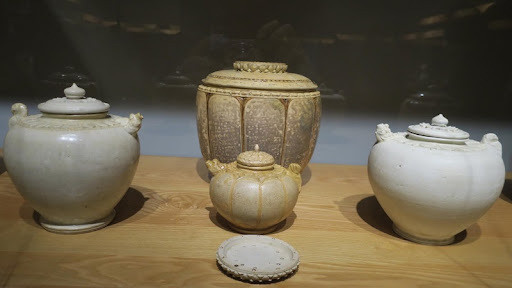The exhibition, scheduled tolast until April 2022, will feature nearly 70 outstanding objects chosen fromthe An Bien Collection and the Vietnam National Museum of History.
Visitors will have a chanceto gain an insight in the Vietnamese ceramics in four periods: the 1st - 10th centuries, the 11th - 14th centuries, the15th - 17th centuries, and the 18th - 19th centuries with the Bat Trang ceramics in focus.
Experts said the Vietnameseceramics has long-standing history and plays an important role in people’slives since the prehistoric era.
From the 10th century, ceramics production developed strongly and was critical to economicand cultural development. Ceramics became important export items in the 15th - 17th centuries, creating conditions for the production to enjoybreakthrough growth in terms of both quantity and quality.
Ceramics manufacturingcentres gradually disintegrated from the 18th century. However, Bat Trang,a famous ceramics village in Hanoi's suburban Gia Lam district dating back to the 14th century, survivedand has grown until today, turning itself into a “museum” of Vietnamese ceramics./.






























